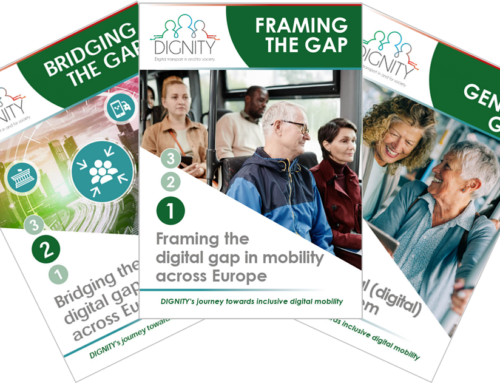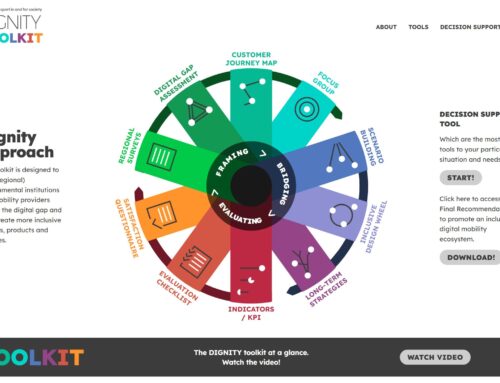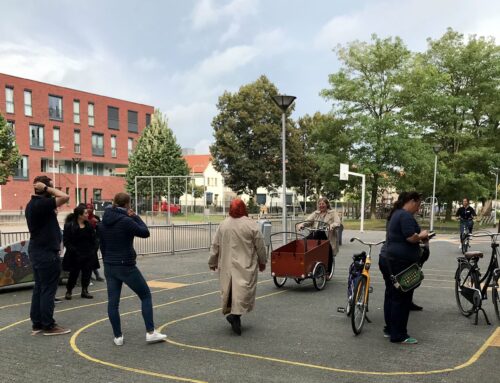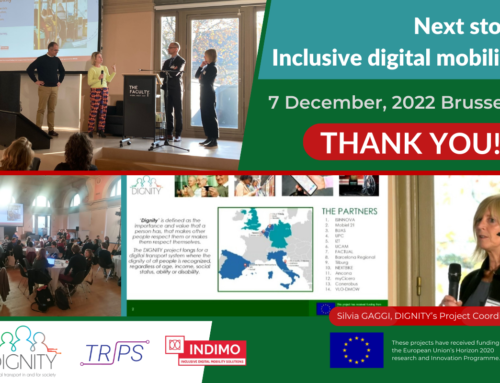“I have been thrown out of my wheelchair because the front wheels got stuck in the pavement”. The words of Linda*, one of the many people that have talked to DIGNITY about their mobility experiences.
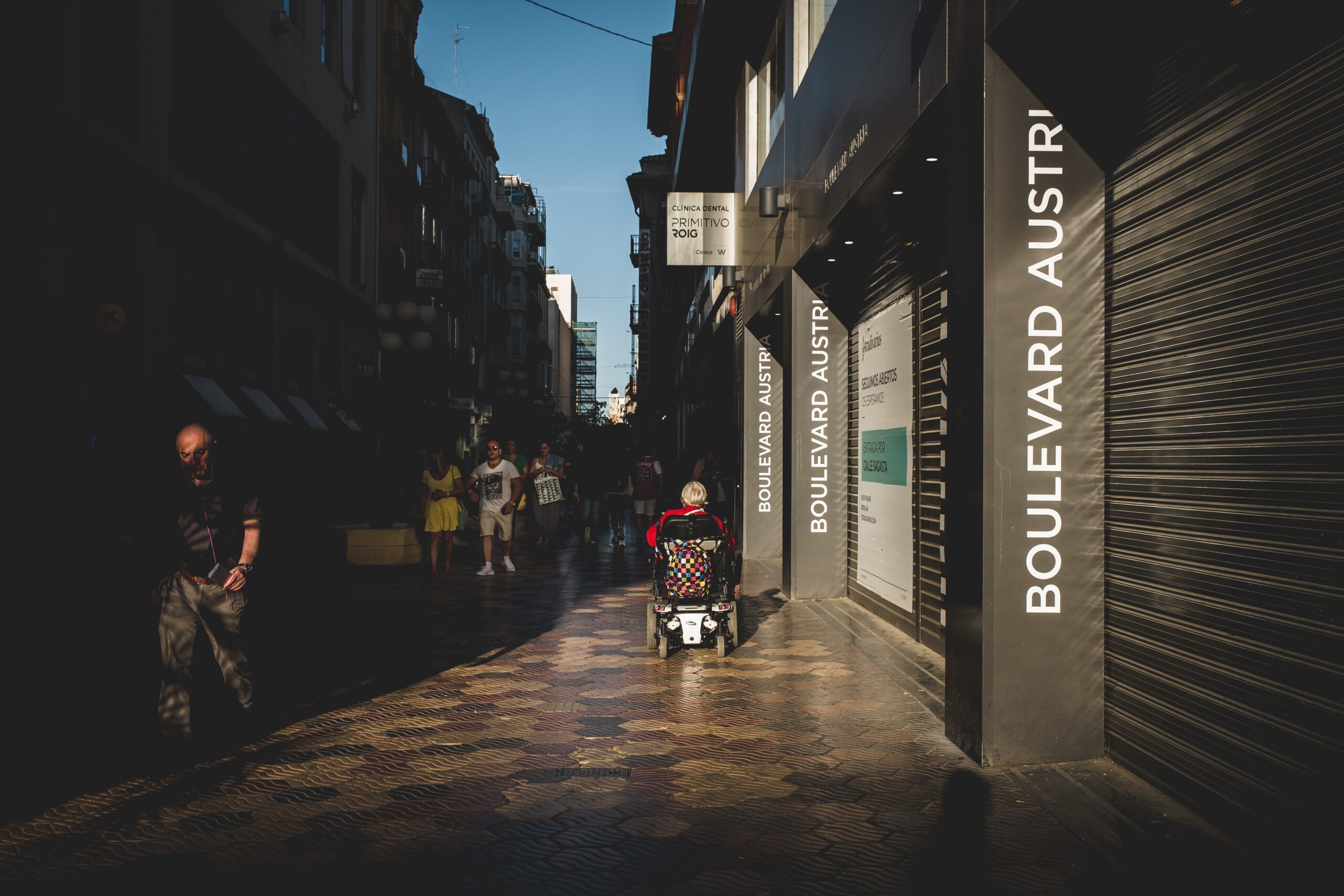
“I have to stick to the fixed routes where I know the pavements are straight and there are no potholes”.
Linda is 51 and lives in Tilburg, the Netherlands. Together with Ancona, Flanders and Barcelona, Tilburg is one of the four places in which the DIGNITY approach is being piloted. The city is a frontrunner for socially inclusive mobility policies, but there are still challenges to be addressed for vulnerable groups. Resolving these barriers is DIGNITY’s aim, and the first step is to clarify the nature and size of the challenge.
To this end, DIGNITY has been busy conducting interviews with citizens in the pilot cities, and we would like to share some of their real-life stories with you.
“My electric support, which ensures the rear wheels keep turning, kept moving, which resulted in me getting launched out of my wheelchair”.
Linda has been a wheelchair user for a number of years, and getting around by herself is not always easy. Since losing her job, money is tight, and she often has to rely on public transport. She lives alone, and trips outside her standard daily routine cause her a deal of stress.
“I am very careful in choosing my route. I would rather drive 500 metres further than go along that street [with potholes]”. For Linda, the risk of taking an unknown road outweighs the extra time she has to factor into her journey times.
Despite these difficulties in getting around, Linda smiles a lot and likes to joke. She has good friends and one always comes with her when she needs to travel on public transport. But she doesn’t like having to rely on others in this way.
The thing is, Linda is an excellent digital navigator. But getting onto a bus in a wheelchair requires help.
“It would give me a great deal of independence is if a bus driver had the time to help me, or if there was someone at the train station whose job it was to assist people”.
Many people with physical restrictions are still having to deal with this kind of situation.
“Sometimes, bus drivers just pass without stopping when I’m waiting at the bus stop, probably because they don’t have time to help”.
These are just some of the many examples Linda told us about. What will we do with all of this information? We will map the problem to understand its full extent and what practical solutions can be implemented to help people like Linda. This will include holding workshops using the inclusive design wheel provided by the University of Cambridge, and scenario-building workshops in which mobility providers collaborate with end-users to come up with inclusive solutions for real problems.
If you like this series and would like to read more stories about the experiences Linda and many others have had, please follow us on Twitter, Facebook or LinkedIn.
Would you like to share a story about the experiences you have with mobility where you live? Get in touch!


